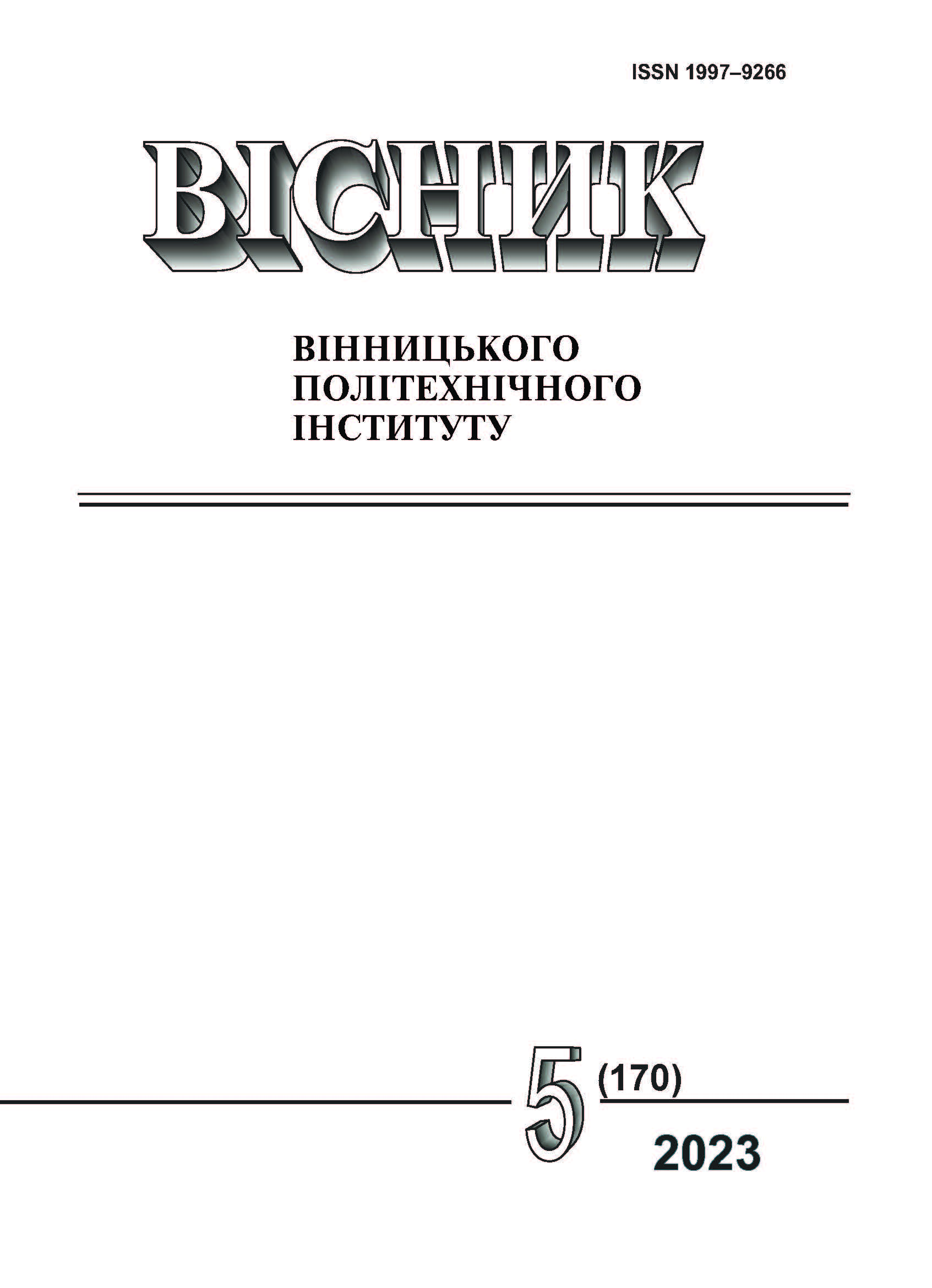Output Characteristics of a Reactive Electrical Power Resonant Amplifier in the Event of Varying Circuit Parameters
DOI:
https://doi.org/10.31649/1997-9266-2023-170-5-18-24Keywords:
electric power industry, resonant active-reactive electric circuits, electric power amplificationAbstract
A theoretical study of the processes occurring in a resonant amplifier of reactive electrical power, the circuit of which is represented by two inductively coupled series active-reactive circuits, at a possible variation in the level of electromagnetic coupling between them and a violation of the resonance conditions was carried out . The assessment of the output characteristics of the reactive electrical power amplifier of harmonic signals is performed in case of variations in the level of electromagnetic coupling between them and deviations of operating frequencies from resonant values. The analysis of ongoing electromagnetic processes was carried out using well-known methods of the theory of electrical circuits without involving any hypotheses about the physics of the resonance phenomena. For the first time, a study has been carried out on a resonant amplifier of reactive electrical power, which makes it possible to give practical estimates of output characteristics depending on the deviations of the element base values from the corresponding conditions for excitation of voltage resonance. The greatest influence on the efficiency is exerted by the degree of deviation of operating frequencies from resonant values and the level of electromagnetic coupling between the circuits of the proposed amplifier circuit. It was found that energy exchange between the amplifier circuits makes it possible to implement a mode with the highest possible gain at small values of excited currents or a mode with half the gain, but with significantly higher currents. Practical significance of the obtained results is determined by the possibilities of using the proposed amplifier depending on the power of the voltage source. In the case of sources with small amplitudes of the exciting signal, a mode with a low coupling level is preferable, and when using powerful sources of harmonic voltage, a mode with a high level of electromagnetic coupling between the amplifier circuits is preferable. Of practical interest is the conclusion that the gain decreases significantly when the excitation frequencies deviate from the resonant values. It has been shown that a variation of the excitation frequencies of about ±5 % leads to a proportional shift of the output power maxima relative to the resonant frequency of the amplifier, which are the same for both positive and negative deviation variations.
References
N. Tesla, My Inventions and Other Writing, Dover Thrift Edition, Dover Publication Inc., 2016, 144 p.
C. Boström, B. Ekergård, and M. Leijon, “Electric resonance-rectifier circuit for renewable energy conversion,” Applied Physics Letters, vol. 100(4), 2012.
Yu. M. Likhovid, “The resonant power amplifier.” Patent UA № 103215. 2015.
K. S. Demirchan, L. R. Neyman, N. V. Korovkin, and V. L. Chechurin, Theoretical Foundations of Electrical Engineering, 4th ed., vol. 1. SPb: Pyter, 2003, 463 p.
Ю. В. Батигін, Г. С. Сєріков, С. О. Шиндерук, В. А. Стрельникова, і Е. Р. Усмонов, «Резонансний підсилювач реактивної електричної потужності. Аналіз електромагнітних процесів,» Електротехніка та електроенергетика, вип. 2, с. 34-42, 2019.
Ю. В Батигін, С. О. Шиндерук, Г. С. Сєріков, і О. Ф. Єрьоміна, «Резонансний підсилювач електричної потужності. Експериментальні дослідження,» Перспективні технології та прилади, Луцьк: ЛНТУ, зб. наук. пр., вип. 13, с. 18-24, 2018.
Yu. V. Batygin, E. A. Chaplygin, and O. S. Sabokar, “Magnetic pulsed processing metals for advanced technologies of modernity — a brief review,” Електротехніка і електромеханіка, вип. 5, с. 35-39, 2016.
Yu. Batygin, M. Barbashova, and O. Sabokar, Electromagnetic Metal Forming for Advanced Processing Technologies, Springer International Publishing AG part of Springer Nature, 2014, 94 p.
J. J. Thomson, Elements of the Mathematical Theory of Electricity and Magnetism, Publisher: Wentworth, 2016, 424 p.
L. Kantorovich, Mathematics for Natural Scientists. Fundamentals and Basics, Springer Nature, Switzerland AG, 2018, 526 p.
Downloads
-
PDF (Українська)
Downloads: 134
Published
How to Cite
Issue
Section
License

This work is licensed under a Creative Commons Attribution 4.0 International License.
Authors who publish with this journal agree to the following terms:
- Authors retain copyright and grant the journal right of first publication.
- Authors are able to enter into separate, additional contractual arrangements for the non-exclusive distribution of the journal's published version of the work (e.g., post it to an institutional repository or publish it in a book), with an acknowledgment of its initial publication in this journal.
- Authors are permitted and encouraged to post their work online (e.g., in institutional repositories or on their website) prior to and during the submission process, as it can lead to productive exchanges, as well as earlier and greater citation of published work (See The Effect of Open Access).





